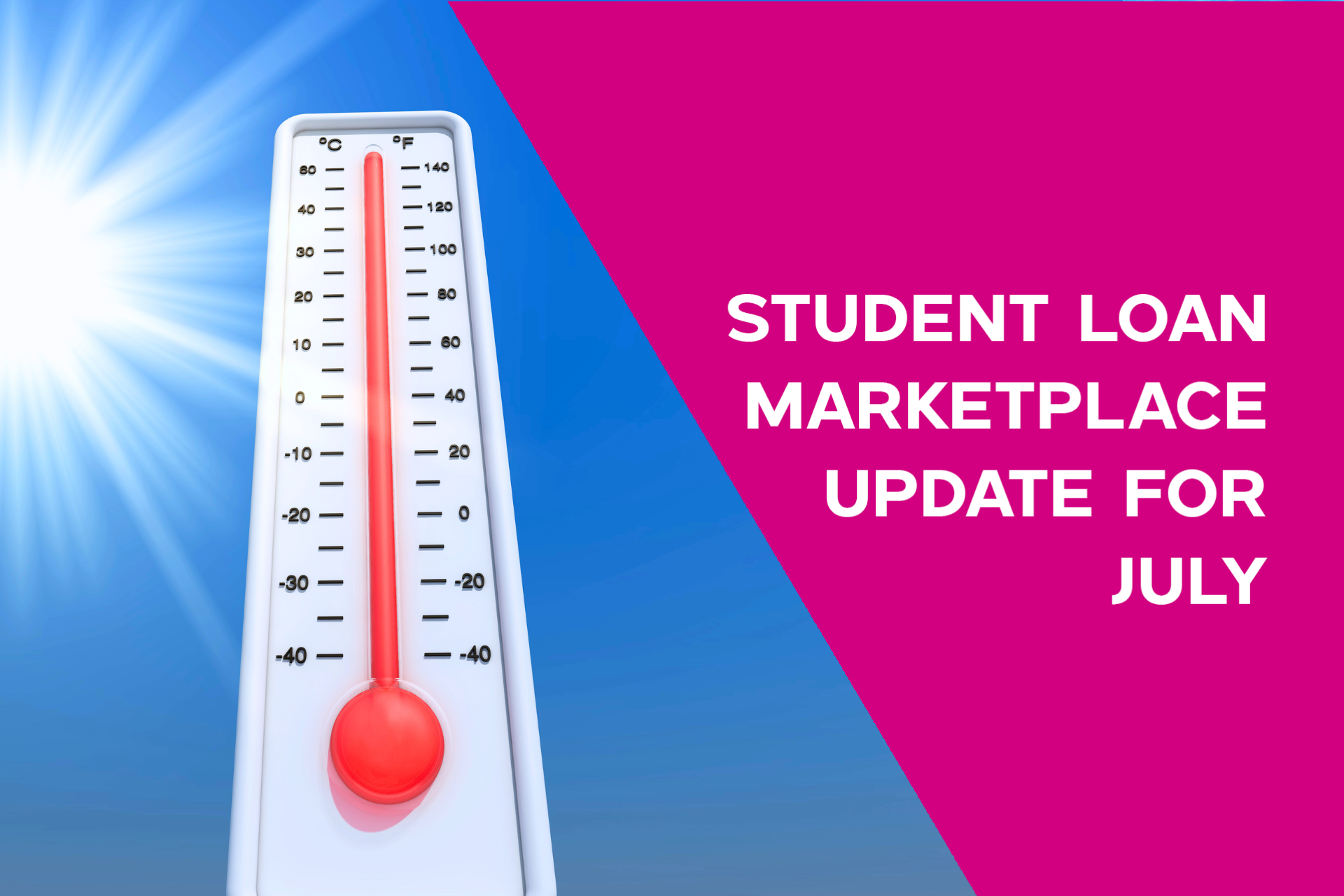I’m not sure what’s hotter right now, the July temps, or the student loan drama! Substantial changes to the SAVE plan were set to take effect July 1st, but major court decisions happened just days before.
Kansas Case
First, the Kansas case : Judge Daniel Crabtree made a major U-turn on the overall merits of this case. In early June, he said the case was generally weak. But just two weeks later in his preliminary decision, he stated, “the plaintiffs are likely to prevail on the first of their statutory claims, i.e., the SAVE plan exceeds the Secretary’s authority under the HEA.” This is the first time the Secretary has gone beyond the prior “ Congressionally-blessed numbers” for Income-Driven Repayment (IDR ) plans in terms of poverty level deduction, payment calculation, and length of term until forgiveness. Due to that—and the huge price tag —Judge Crabtree decided the SAVE plan represents a “transformative expansion. ” That is a key term which only Congress can approve.
Judge Crabtree granted a nationwide injunction which would have prevented the final provisions of the SAVE plan from being implemented on July 1st . This has two major implications. First, the new 5% payment calculation for undergraduate borrowers (and 5-10% for those who have both undergrad and graduate debt) was blocked. Second, the 10-to-20-year forgiveness provision for borrowers owing $12k to $22k was also blocked. Luckily, Judge Crabtree was very aware of the public harm and chaos which could’ve resulted from completely undoing the SAVE plan. He denied the plaintiffs’ request to enjoin the entire SAVE plan. Knowing the Biden administration would appeal this decision, he issued the injunction as preliminary, gave the defendants 14 days to appeal, and postponed the effective date to June 30th. It’s also worth noting Judge Crabtree dismissed Biden from the lawsuit for lack of jurisdiction.
Of course, the Department of Education appealed the decision and filed an emergency request with the 10th Circuit Court of Appeals. Less than 12 hours before the injunction was to take effect, the court stepped in, temporarily blocked the lower court’s action, and allowed the payment calculations to go into effect. It did not, however, act on the blockage of loan forgiveness. Just five days later, on July 5th, the Attorney General from SC filed an emergency application with the US Supreme Court to review the case and stop the SAVE plan. We now await word from SCOTUS as to whether they will take any immediate action on this.
Missouri Case
Next up, Missouri. There was also a preliminary decision in this case, but much of the logic applied by the judge was quite different. Judge John Ross determined the HEA gives the Secretary very clear authority to change the payment, interest, and subsidy provisions of IDR plans as they see fit. “The Court finds that Plaintiffs’ arguments regarding the Secretary’s authority to set payment schedules and interest accrual limitations are unlikely to succeed on the merits ,” and “Congress does not appear to have either explicitly or implicitly limited the Secretary’s ability to create such a comparatively generous plan.” So that’s an initial win for borrowers and the Biden administration.
When it came to the SAVE forgiveness provisions, however, Judge Ross took a different tone. “The Court also finds that Plaintiffs are likely to succeed on the merits of their argument that the early loan forgiveness provisions of the Final Rule were promulgated in a manner exceeding the Secretary’s statutory authority,” and “Congress has made it clear under what circumstances loan forgiveness is permitted, and the ICR plan is not one of those circumstances.” (I think he meant “IDR,” but we get the point.) “ Defendants are preliminarily enjoined from any further loan forgiveness for borrowers under the Final Rule’s SAVE plan until such time as this Court can decide the case on the merits.”
In summary, no one else will receive forgiveness under the SAVE plan until further notice. The new 5% payment rule is in effect, for now, but hinges on whether SCOTUS decides to take immediate (temporary) action. The ultimate survival or cancellation of the SAVE plan seems to be a toss-up at this time, and it will likely take many weeks or months for both of these cases to formally wind their way through the various courts and we get a final answer.
Administrative Forbearance
To support these changes, the Department of Education already planned to put many borrowers into administrative forbearance for one month while their payments are recalculated. The Department of Education also threatened to put half of SAVE borrowers into forbearance indefinitely if the appeals court did not side in their favor…a card they will likely play again before this is all settled. Additionally, many borrowers are in a three-month forbearance related to their servicer changing. At this point, it’s quite difficult to keep up with who ’s in forbearance and for how long. So, pay close attention to the notices from your servicer as well as the announcements on their login pages.
For those of you impacted by the SAVE plan, we understand how unsettling all of this is. Our advice is to continue utilizing the plan for as long as you can. The interest subsidy alone is saving many of you hundreds of dollars each month, maybe more. Be sure to regularly check our dedicated blog page and follow us on social media for timely updates as this develops.
Brandon Barfield is the President and Co-Founder of Student Loan Professor, and is nationally known as student loan expert for graduate health professions. Since 2011, Brandon has given hundreds of loan repayment presentations for schools, hospitals, and medical conferences across the country. With his diverse background in financial aid, financial planning and student loan advisory, Brandon has a broad understanding of the intricacies surrounding student loans, loan repayment strategies, and how they should be considered when graduates make other financial decisions.





